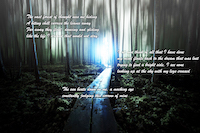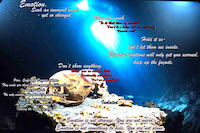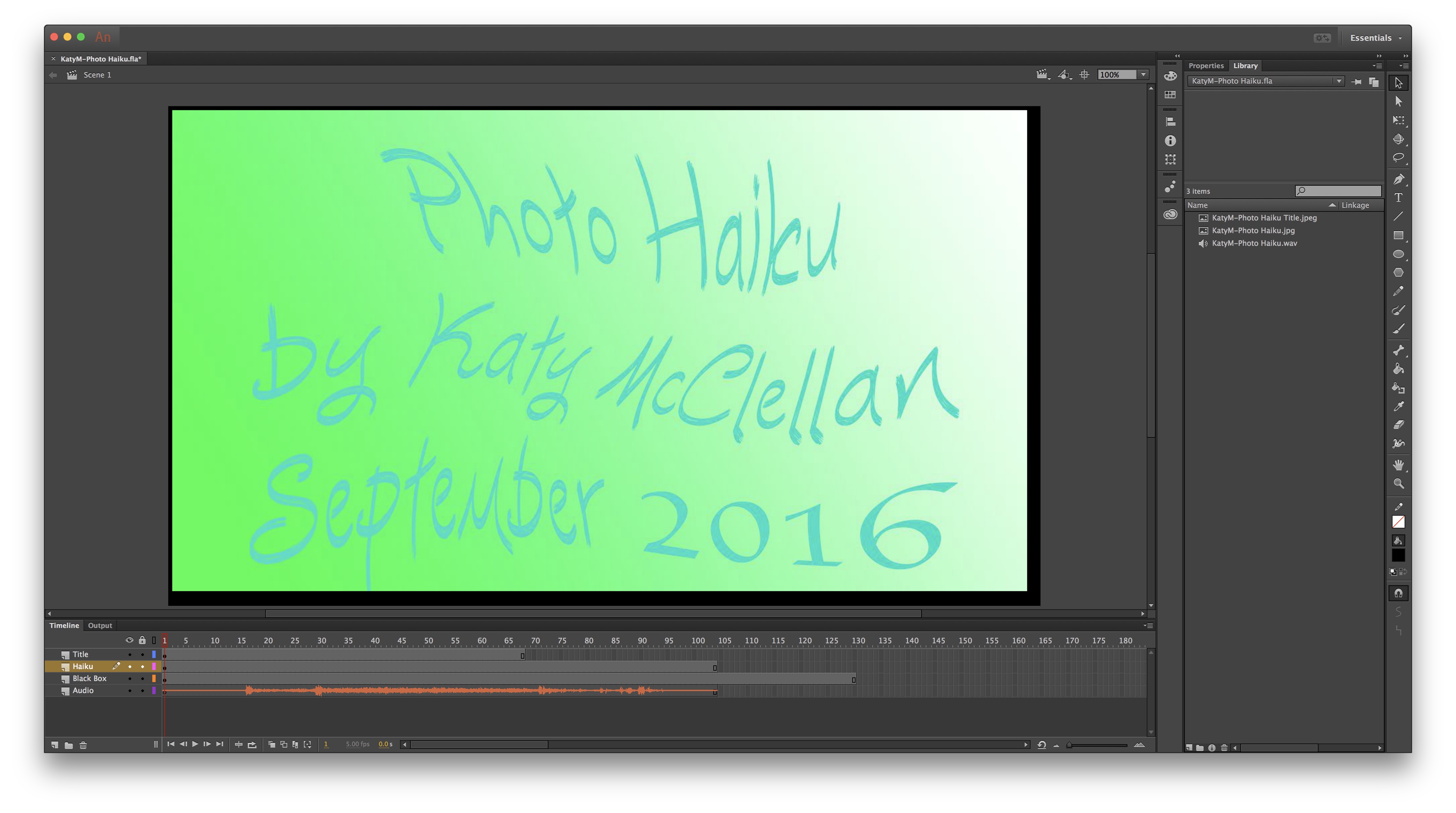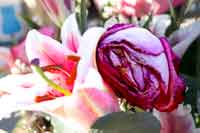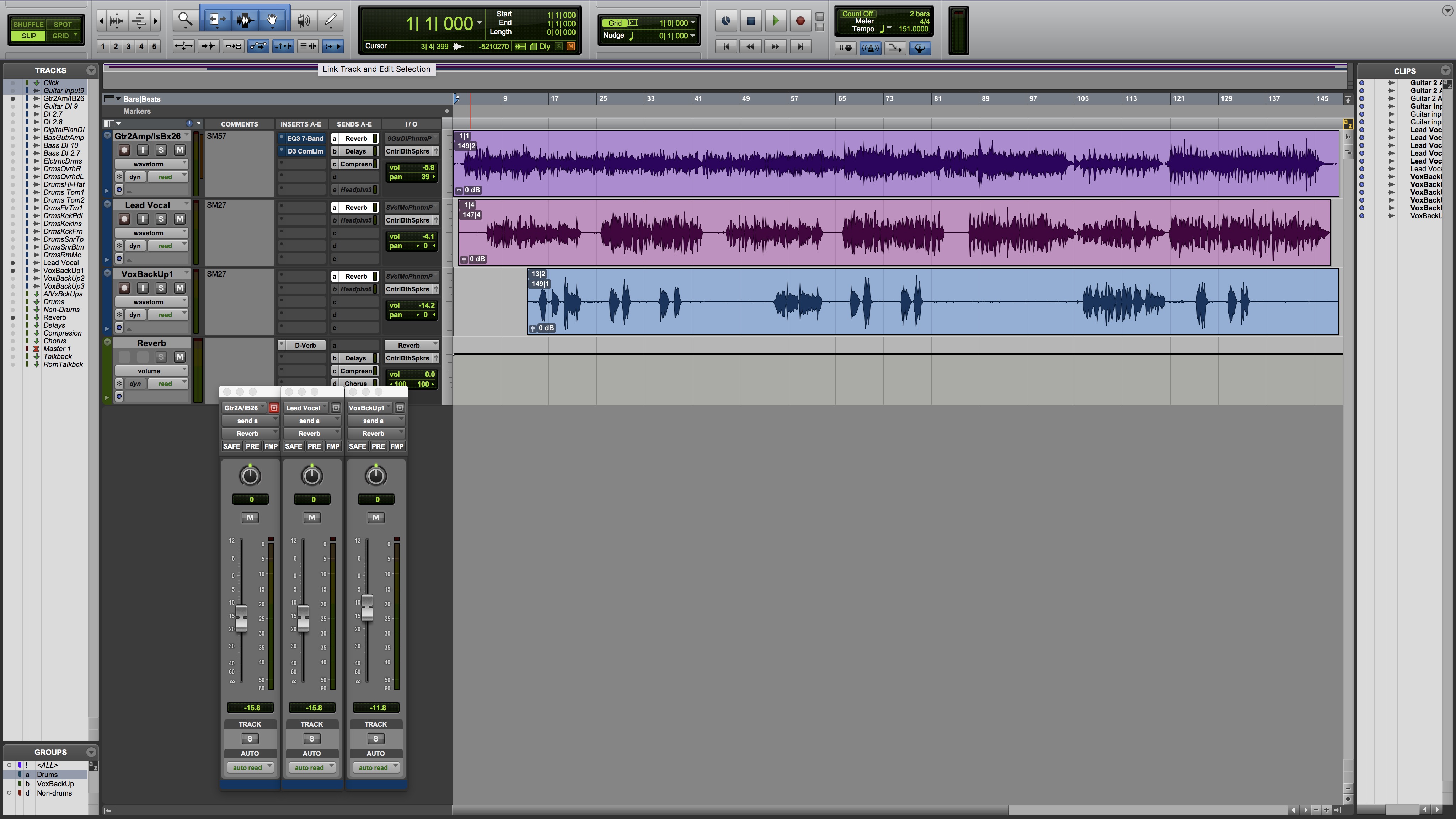The purpose of the conceptual unit was both to develop our artistic and abstract communication skills and to answer the question “How can I use unconventional forms to express myself?” Each class had assignments that became increasingly more abstract and conceptual, to make us think about what we were doing and develop these skills. Design had us take a photo that represented poems we had written in English, then we used Photoshop to emphasize the original message of the poem within the photo, and wrote an artist statement to go with it. English had us writing poems based on a concept statement in the poetry unit, and analyzing writing and creating our own essays that examined our feelings towards a specific topic in the expository essay. Digital Media tied everything together; animating the photo haiku, creating the websites to display everything, and creating a piece of experimental music to tie into the unit.
I learned a lot of new technical skills in this unit, as well as expanded upon my understanding of artistic thought. Technically, I learned how to navigate Photoshop, Animate, Protools, Dreamweaver, and the cameras. Artistically, I learned about composition of photos, and expanded my understanding of artistic representation with my spoken word poem. I enjoyed taking photos to connect to my spoken word poem, because my poem was about human emotion, and the photo could not have people in it. It was interesting for me to try and find an image that communicated this complex thought without a human face, and it was definitely a challenge.
To introduce the expository essay, we read “Why I Write”, by George Orwell, and “Why We Crave Horror” by Stephen King. Both are essays describing something about human nature. That was our template for our own essays, with the task of describing a passion we either have or do not have. My inspiration was books. As a person, I love reading, and I have since before I even learned how to. It seemed only fitting to write my essay about this lifelong passion.
